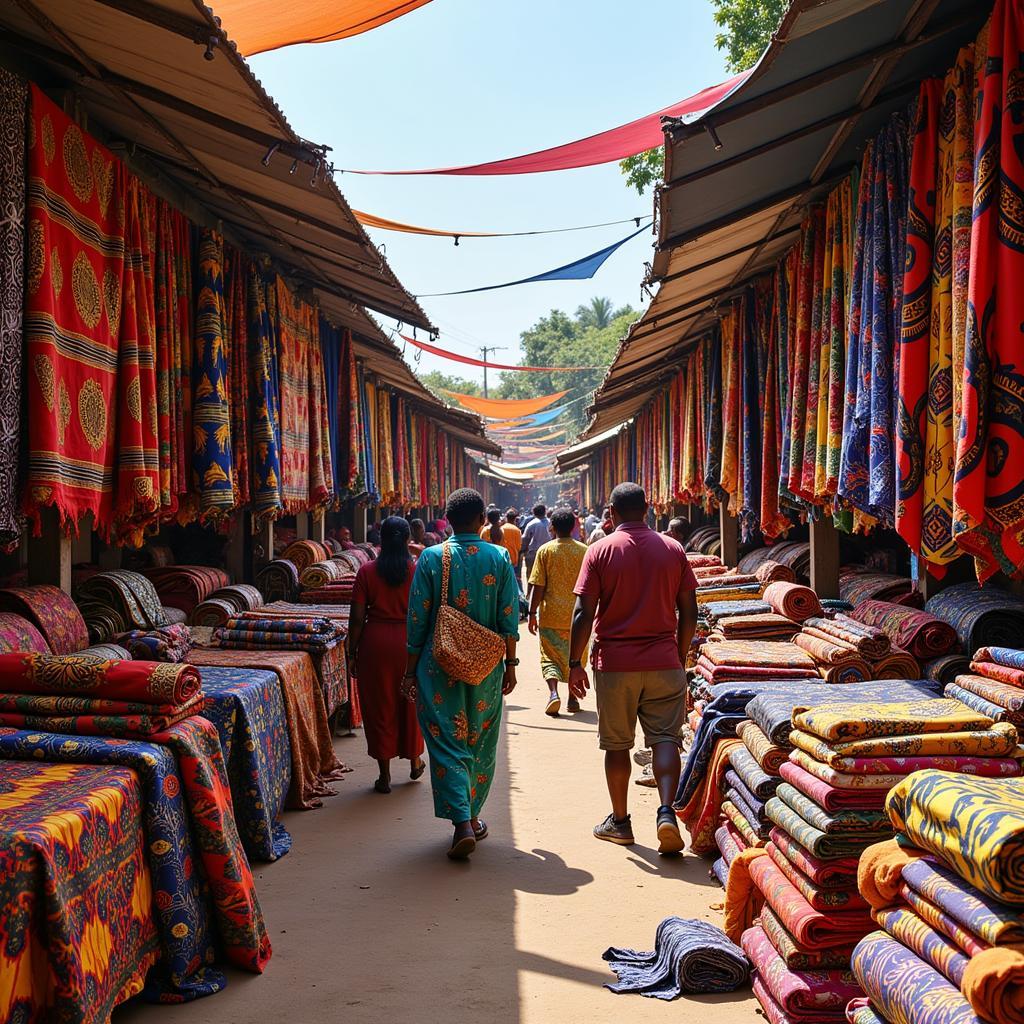The Majesty of African Hardwood Trees: A Deep Dive into Nature’s Treasures
Africa is a continent teeming with biodiversity, and its forests are home to some of the most impressive and valuable trees in the world. Among these are the majestic African hardwoods, known for their exceptional strength, durability, and beauty. In this article, we’ll embark on a journey to explore the fascinating world of African Hardwood Trees, delving into their characteristics, uses, and the importance of sustainable practices in their management.
African hardwood trees have long been prized for their exceptional qualities. Their dense, hard wood has made them ideal for construction, furniture making, and a wide range of other applications. These trees also play a crucial role in the ecosystems they inhabit, providing habitat for diverse wildlife, contributing to soil fertility, and regulating water cycles.
The Characteristics of African Hardwood Trees
African hardwood trees are renowned for their strength, durability, and beautiful grain patterns. Here are some of the defining characteristics that make them stand out:
- Density: African hardwoods are generally denser than softwoods, making them highly resistant to wear and tear. This density also contributes to their strength and stability.
- Durability: These woods are naturally resistant to decay, insect infestation, and weathering, making them ideal for long-lasting applications.
- Grain Patterns: African hardwoods display a wide range of captivating grain patterns, from swirling figures to elegant stripes. These patterns add a unique touch to furniture, flooring, and other wood products.
- Color: The colors of African hardwoods vary widely, from rich browns and reds to vibrant yellows and even black. This diverse palette offers a wide range of options for design and aesthetics.
The Uses of African Hardwood Trees
The exceptional properties of African hardwoods have made them indispensable for various purposes:
- Construction: Due to their strength and durability, African hardwoods are used in construction for beams, flooring, and exterior cladding.
- Furniture: They are highly sought after for making high-quality furniture, including tables, chairs, cabinets, and beds.
- Musical Instruments: The rich tone and resonance of African hardwoods make them ideal for crafting instruments like guitars, drums, and xylophones.
- Art and Crafts: Their beautiful grain patterns and color make them perfect for carving, woodturning, and other artistic applications.
- Other Uses: African hardwoods are also used in shipbuilding, flooring, tool handles, and even for making decorative items.
Sustainable Management of African Hardwoods
The growing demand for African hardwoods has highlighted the importance of sustainable management practices. These practices ensure the long-term viability of these valuable trees and the ecosystems they support. Here are some key elements of sustainable hardwood management:
- Responsible Harvesting: This involves selectively harvesting mature trees, leaving younger trees to regenerate and ensuring the long-term health of the forest.
- Reforestation: Planting new trees to replace those that have been harvested is essential for maintaining forest cover and biodiversity.
- Community Involvement: Engaging local communities in forest management ensures that benefits are shared and that the forest is sustainably managed for future generations.
- Certification: Organizations like the Forest Stewardship Council (FSC) certify wood products that come from responsibly managed forests.
Popular African Hardwood Tree Species
Africa is home to a vast array of hardwood tree species, each with its unique characteristics and uses. Some of the most popular and sought-after species include:
- Teak: Known for its golden-brown color, durability, and natural resistance to insects and decay, teak is prized for furniture making, boatbuilding, and outdoor applications.
- Mahogany: Renowned for its rich red-brown color, beautiful grain patterns, and exceptional workability, mahogany is a favorite for fine furniture, veneers, and musical instruments.
- Wenge: This dark, almost black wood with striking grain patterns is prized for its strength, durability, and unique aesthetic. It is used for furniture, flooring, and decorative accents.
- Ebony: The black, dense wood of ebony is highly valued for its durability, polish, and its use in luxury furniture, musical instruments, and decorative objects.
- African Rosewood: Known for its reddish-brown color, intricate grain patterns, and rich tone, African rosewood is used for guitars, high-quality furniture, and veneers.
“We are entrusted with the responsibility of safeguarding these magnificent trees for future generations. Sustainable practices are paramount in ensuring that we can continue to enjoy the beauty and benefits of African hardwoods.” – Dr. Ngozi Nwafor, Director of the African Forestry Institute
Frequently Asked Questions (FAQ)
1. What makes African hardwoods so valuable?
African hardwoods are valued for their strength, durability, beauty, and natural resistance to decay and insects.
2. How can I ensure that the wood products I buy are sustainably sourced?
Look for products certified by organizations like the Forest Stewardship Council (FSC) to ensure that the wood comes from responsibly managed forests.
3. What are the environmental benefits of African hardwood trees?
These trees play a vital role in regulating water cycles, providing habitat for wildlife, and supporting soil fertility.
4. How can I learn more about African hardwood trees?
You can find a wealth of information on the internet, visit botanical gardens, or join organizations dedicated to conservation and sustainable forest management.
5. What are some examples of African hardwood trees used in furniture making?
Some popular choices include teak, mahogany, wenge, ebony, and African rosewood.
Conclusion
African hardwood trees represent a valuable resource, not only for their economic importance but also for their vital role in maintaining the continent’s rich biodiversity. By embracing sustainable practices, we can ensure that these magnificent trees continue to grace our world for generations to come.


